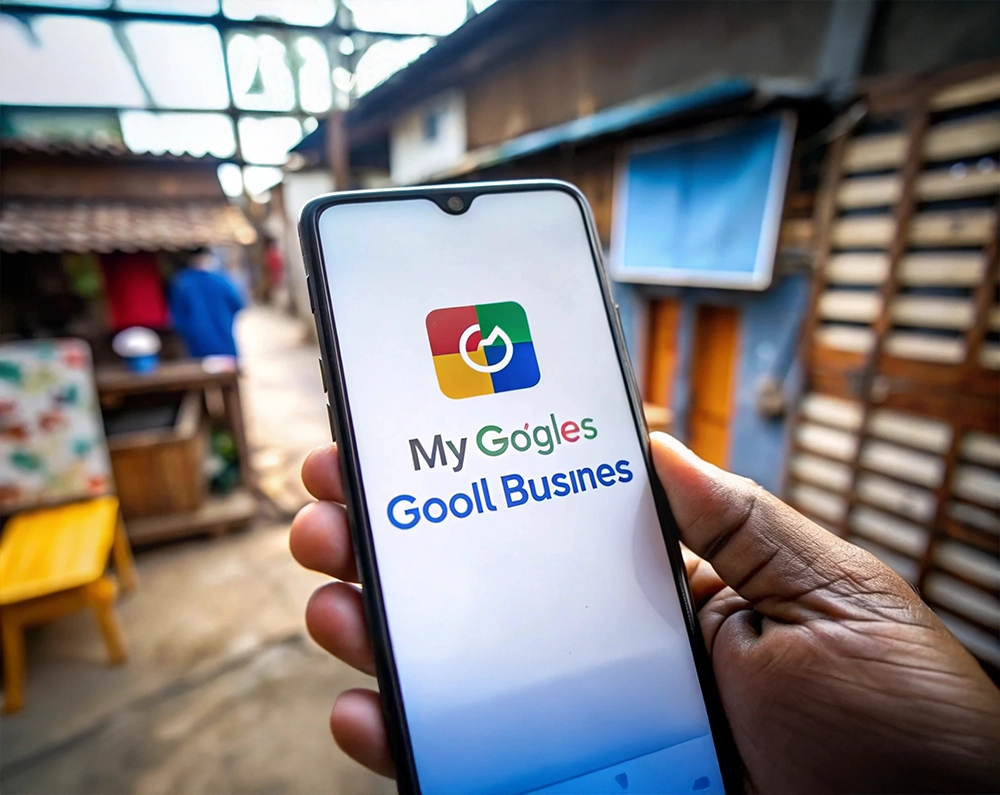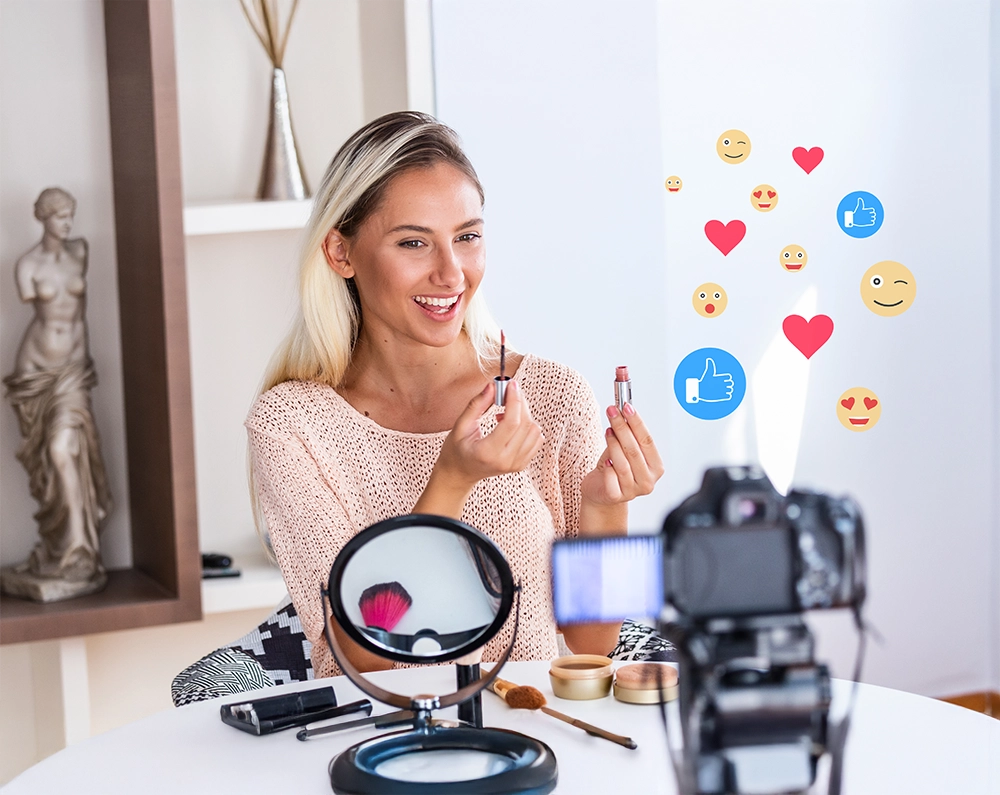A few years ago, search was simple. You typed something into Google, scrolled past a few ads, clicked a blue link. That was the game. Rank higher, get more traffic.
Now? The game has changed.
Today, AI tools like ChatGPT Search, Gemini (Google’s AI), and Microsoft’s Copilot are shifting the landscape from search engines to answer engines. They’re synthesizing information into concise responses.
For businesses, that’s both exciting and terrifying. Exciting, because it’s a whole new way to get visibility. Terrifying, because what if AI never mentions your brand at all?
So, how do you make sure when someone uses these new AI search engines, your business doesn’t get left behind? Let’s break it down.
The Shift From Search Engines to AI Answers
Here’s the big difference.
Traditional Google search:
- You type: “best dentist in Dallas”.
- Google shows 10 blue links plus ads.
- You choose which site to click.
AI search tools:
- You ask: “Who’s the best dentist near me in Dallas?”.
- ChatGPT search or Gemini reads across the web and summarizes. Maybe it mentions two or three practices by name. Maybe it just gives generic advice.
See the shift? Instead of competing for position #1 in a long list, you’re competing for a single mention in an AI-generated answer.
That’s why “getting featured” matters more than ever.
What AI Search Engines Look At
Here’s the honest truth: Nobody outside OpenAI, Google, or Microsoft knows the exact algorithm, but research and industry testing highlight several consistent signals that matter—and you can optimize for:
- Structured, clear content. AI models scrape structured data (like schema markup) more easily .It helps AI understand your content’s context and increases your chance of being featured in summaries or knowledge panels.
- Authority and credibility. Sites with trust signals — reviews, backlinks, strong domains — get cited more often .Develop broad topic clusters with interlinked pillars and supporting content to signal deep domain authority.
- Local and specific info. AI tends to pull answers from businesses that clearly identify who they are, where they are, and what they offer such as Google Business Profile, NAP-consistent listings, and reviews. Use local schema and ensure directory accuracy.
- Freshness. Outdated content doesn’t get picked up as much.
If you want AI site search engines to highlight you, your site has to look trustworthy to both humans and machines.
Step 1: Speak the Way People Ask
Here’s the first mindset shift.
Old SEO was about keywords. AI search is about questions.
People aren’t typing “digital marketing agency NYC.” They’re asking:
- “Which digital marketing agency in NYC helps small businesses?”
- “What’s the most affordable digital marketing firm near Manhattan?”
AI systems are tuned to respond to full, conversational questions, not fragmented keyword strings. So instead of stuffing keywords, you write like you’re answering someone in plain English.
Think FAQs. Think blog posts titled like questions. Think service pages that explain things conversationally.
This is how you position yourself for AI search help.
Step 2: Get Your Business Info Everywhere
AI engines don’t just read your website. They crawl directories, reviews, profiles, and anything else linked to your name.
So:
- “Which digital marketing agency in NYC helps small businesses?”
- “What’s the most affordable digital marketing firm near Manhattan?”
Step 3: Use Schema Markup
Sounds nerdy, but it matters. Schema markup is like labeling your content in a way machines understand better.
For example:
- “This is our business address.”
- “This is a customer review.”
- “This is our FAQ section.”
When AI crawlers see that, it’s easier for them to confidently cite your site in answers.
If you’re not tech-savvy, ask your developer or an AI search help consultant to set it up.
Step 4: Create Content Built for AI Summaries
Here’s a trick: AI loves lists, tables, and step-by-step guides. Why? Because they’re easy to summarize.
If you write a blog post like:
-
“5 Best Ways to Keep Your Teeth Healthy in Dallas”
…AI can lift that into its answers.
Compare that to a 1,000-word essay with no structure. AI may still read it, but it’s less likely to cite it. Before publishing, test your content by posing the question in an AI tool—adjust headings or schema if it’s not being cited.
Step 5: Stay Fresh and Local
AI won’t recommend outdated info. If your last blog update was in 2018, you’re invisible.
Update content regularly. Add location details for freshness and locality. Create content like:
- “2025 Tax Changes Small Businesses in Florida Need to Know”
- “Top New Restaurants in Denver This Year”
That’s how you stay current enough for AI site search engines to notice you.
The Opportunity (and the Risk)
Here’s the good news: most businesses haven’t caught on yet. They’re still fighting for old-school Google rankings, while AI results are wide open .
You have an opportunity to optimize for Answer Engine Optimization (AEO) or Generative Engine Optimization (GEO), which gives you a chance to dominate these AI-generated answer spaces.
The bad news? If you ignore this, you might slowly disappear from visibility as AI answers replace traditional links.
Think about this: if Copilot answers your customer’s question and never mentions you, you never even get a chance.
What About Paid Features?
Let’s be real: eventually, these platforms will monetize. Sponsored placements will creep into AI search engines, just like ads did in Google.
For now, though, it’s a merit game. Authority, clarity, and helpful content win. That’s a rare window where small businesses can compete with bigger brands.
How to Test Where You Stand
Want to know if AI already sees you? Try it.
- Ask ChatGPT search: “Who are the best dentists in [your city]?”
- Ask Gemini: “What’s the best law firm near [city] for small business contracts?”
- Ask Copilot: “Top restaurants near [neighborhood] open late.”
You can also use AI visibility tools (like SE Ranking’s AEO Tool, Geneo, or Semrush AI Toolkit) for structured monitoring, analysis, and optimization.
If you’re not mentioned, that’s your signal: you need AI search help.
Mini Case Study: The Local Dentist
Let’s ground this with an example.
Dr. Kim runs a family dental practice in San Diego. She optimized her Google Business Profile, added schema markup to her site, and published blog posts like “How to Pick a Family Dentist in San Diego.”
When someone asks ChatGPT search: “Who’s the best family dentist near me in San Diego?” — guess who shows up in the AI’s summary? Dr. Kim’s practice.
Her competitor across town, who hasn’t updated their website in six years? Nowhere to be found.
That’s the difference.
The Future of AI Search Engines
Where is this going? A few predictions:
- More personalization. AI will tailor answers based on user history. (If you always search vegan, expect vegan restaurant recommendations first.)
- Voice integration. Siri, Alexa, and car assistants will tie into AI answers, making citations even more valuable . AI tools can analyze voice, image, and video as content—they are not limited to text alone.
- Direct bookings. Instead of just mentioning your business, AI tools will let users book appointments or buy products directly through the answer.
That’s why preparing now is critical.
Checklist: Getting Your Business Featured
- Optimize your website with clear, structured, FAQ-style content.
- Keep business info consistent across all platforms.
- Use schema markup strategically.
- Regularly update with fresh, local, specific content.
- Encourage and manage reviews.
- Test yourself by asking AI engines directly.
Do these, and your odds of being surfaced by AI search engines jump dramatically.
Conclusion
AI search isn’t the future — it’s already here. Tools like ChatGPT search, Gemini, and Copilot are changing how people discover businesses.
Instead of showing a long list of links, they’re serving up answers, and if your business isn’t part of that answer, you’re invisible.
The good news? You can prepare. By leaning into structured content, local optimization, schema markup, and regular updates, you can position yourself as the trusted source AI pulls from.
So don’t wait. Start experimenting, start optimizing, and start asking the tools themselves what they see.
If you’re not there yet, make it your 2025 goal: show up in AI answers. Because that’s where your customers will be looking.





